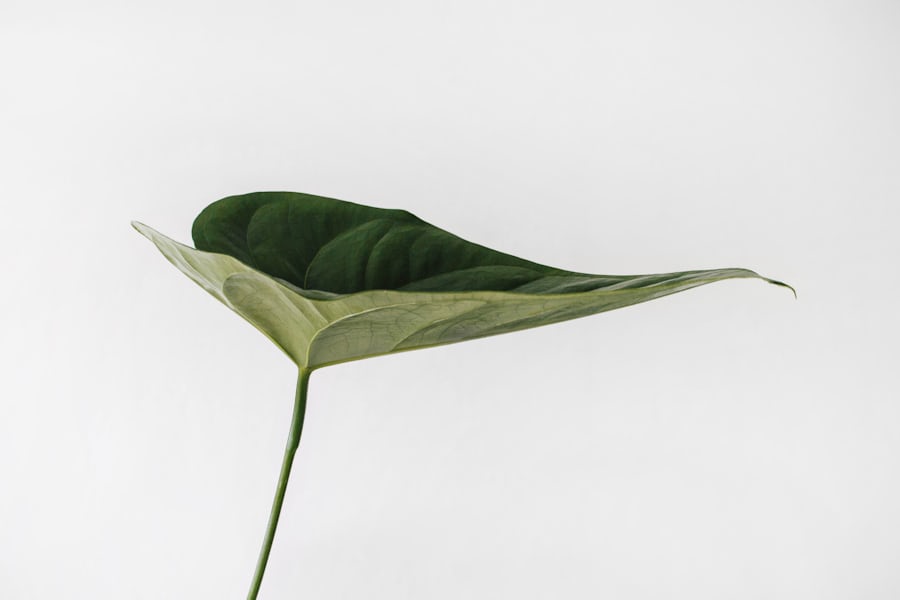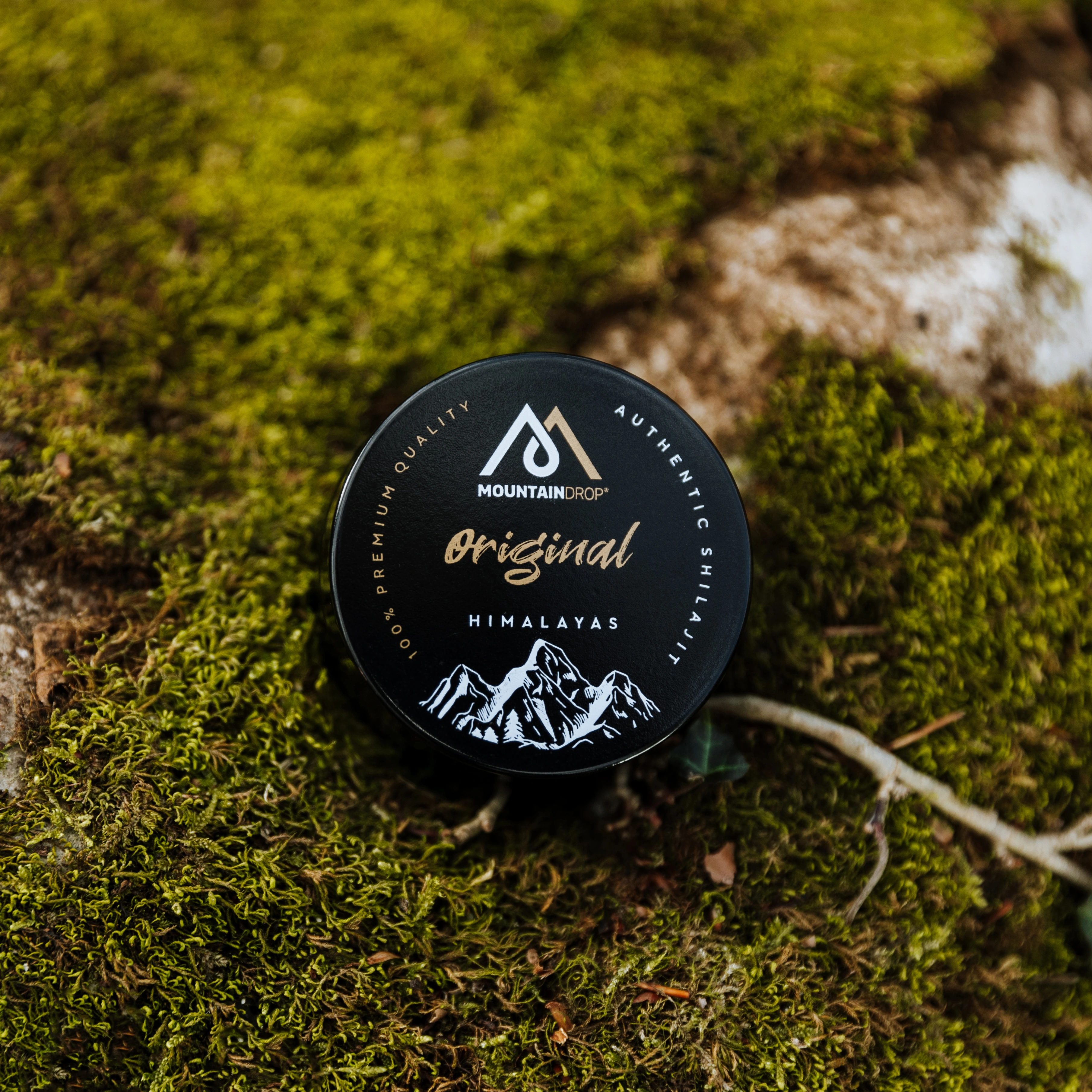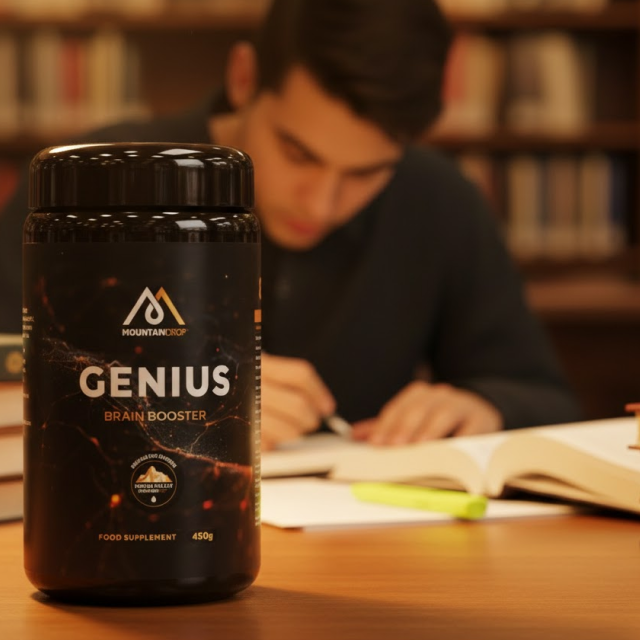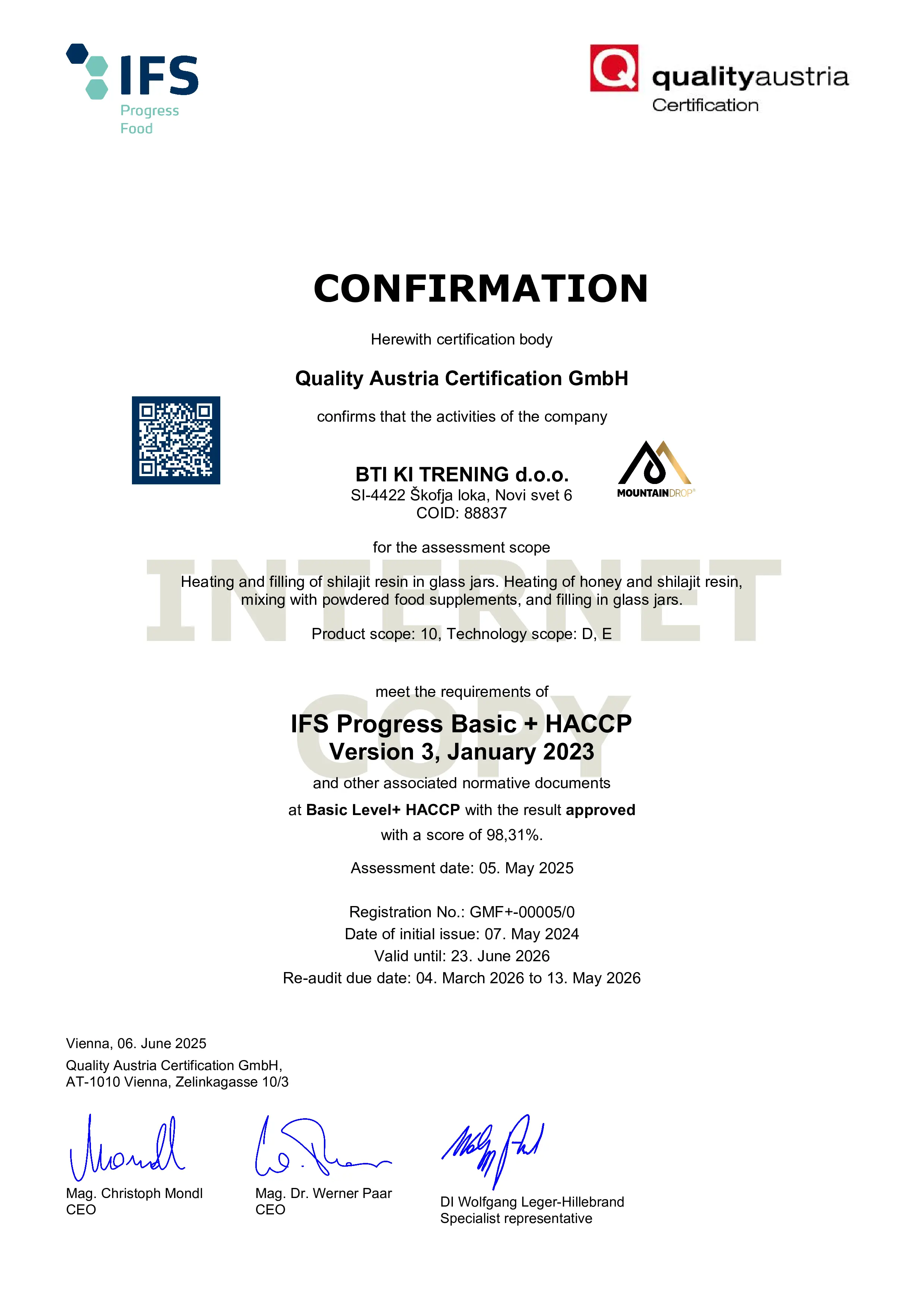4.7/5
by 1000+ Reviews
(Over 25,000 jars delivered worldwide)
Unlock The Energy You've Been Missing with the
World’s Purest Shilajit
3rd Party Lab Tested, Trusted Worldwide
Mountaindrop® delivers 100% authentic, lab-tested Shilajit resin hand-harvested from 3000-5000m altitudes, free from additives, chemicals, and processing. Only the purest form. Only real results.
SHOP AUTHENTIC SHILAJIT →
4.8/5
by 1000+ Reviews
(Over 25,000 jars delivered worldwide)
Unlock The Energy You've Been Missing with the
World’s Purest Shilajit
3rd Party Lab Tested, Trusted Worldwide
SHOP AUTHENTIC SHILAJIT →

6+ independent lab
certifications

Zero synthetic filler or
additives

Harvested above
3000m altitude
Certifications


















Not All Shilajit Is Equal.
Here’s the Difference.
Altitude-Certified Sourcing
Harvested exclusively above 5000 meters in the Himalayas where pollution can't reach and purity is guaranteed.
Triple-Purified & Lab-Tested
Every batch undergoes three-stage purification and independent third-party testing, and we’re the only brand conducting long-term stability testing to ensure safety and potency over time.
Formulated by Ayurvedic Experts
Developed in partnership with researchers who've spent decades studying traditional Himalayan medicine and modern bioavailability science.
Shop Our Best Sellers
Trusted for real results, backed by science, loved by thousands.

1000+
Trustpilot reviews

20,000+
customers served

25,000+
jars delivered
Real, Lasting Improvements in Energy, Focus & Vitality
Over 10,000 People Made a Shift


Arbi
on October 2, 2025

Flourish is amazing
Flourish is amazing like magic. I bought it for my mother who is 45 years old and has two children she needs to attend, because of her age and two children she usually is low energy, loses hair, stresses a lot.
After she started using flourish she started gaining more energy, she started losing less hair, feeling better, she even started training every day and she hasn’t trained in like 6 years!
Life changing product, thank you so much Mountaindrop.

Juraime
on October 4, 2025

Good job I can feel the effect
Good job I can feel the effect, thanks a lot.

Big Mo
on September 24, 2024

The quality of all their products are THE BEST
The quality of all their products are top notch... Highly trustworthy. I've physically noticed changes and benefits unlike with other brands that I don't want to name.

5 Reasons Why People are Switching to Mountaindrop
1. Harvested where purity is guaranteed
Our shilajit comes exclusively from above 5.000 meters in the Himalayas where pollution can't reach and authenticity is verified through altitude certification.
2. Triple-tested for what matters most
Most supplements reach your door with a single quality check at best. Ours passes through three independent labs before earning the Mountaindrop name, because what you can't see matters most.
3. The same substance used for 3,000 years
Long before modern supplements existed, mountain communities relied on shilajit for vitality and endurance. Three millennia later, we're still harvesting it the same way, because some things don't need improving.
4. Formulated using traditional Ayurvedic wisdom
We don't cut corners with powders or capsules that destroy bioavailability. Our authentic resin form preserves the full spectrum of nutrients and fulvic acid exactly as nature intended.
5. Try it risk-free with our 50-Day Guarantee
If you don't feel a noticeable difference in your energy, focus, or recovery within 50 days, we'll refund every cent. More than 1,000 five-star reviews say you won't need it.
85+
Beneficial Nutrients
53+
DBP & DCP
18+
Amino Acids
Rich in
Fulvic Acid
International Certifications Back Every Jar We Make.
Every batch meets the highest quality purity standards, verified by independent certification bodies, not marketing claims.
GMP Certification
Higher Level HACCP Approved

Our manufacturing facility holds GMP (Good Manufacturing Practice) certification, the international gold standard for pharmaceutical-grade production standards. This means every step of our production process meets strict quality and safety protocols.

Government-Verified. Not Self-Certified.
Most supplement brands show you a logo. We show you the paperwork.
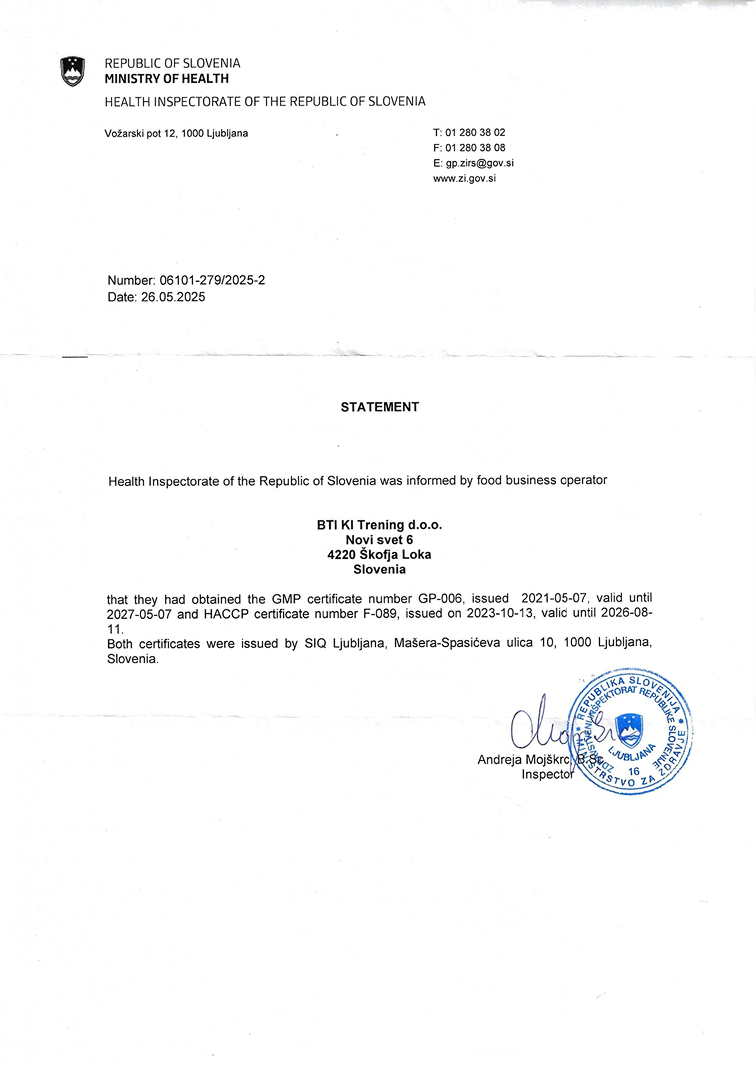
This official statement from Slovenia's Ministry of Health confirms our manufacturing holds both GMP and HACCP certifications - issued by SIQ Ljubljana, one of Europe's most respected certification bodies, and verified by government inspectors.
What this actually means:
GMP (Good Manufacturing Practice) ensures every batch is produced under strict, regulated conditions. HACCP (Food Safety Management) means documented safety controls at every stage of production.
These aren't one-time approvals. They require ongoing compliance and regular audits.
Real standards. Real oversight. Real accountability.

✓ Harvested Above 3000m
Altitude-Certified
Purity

✓ Triple Lab
Tested
Heavy Metals
Verified Safe

✓ 85+ Trace
Minerals
Full-Spectrum Bioavailability

✓ Zero Synthetic Fillers
Pure Resin,
Nothing Added

✓ Traditional Ayurvedic
Process
3,000 Years of
Proven Use
Join our email list
Get exclusive deals and early access to new products
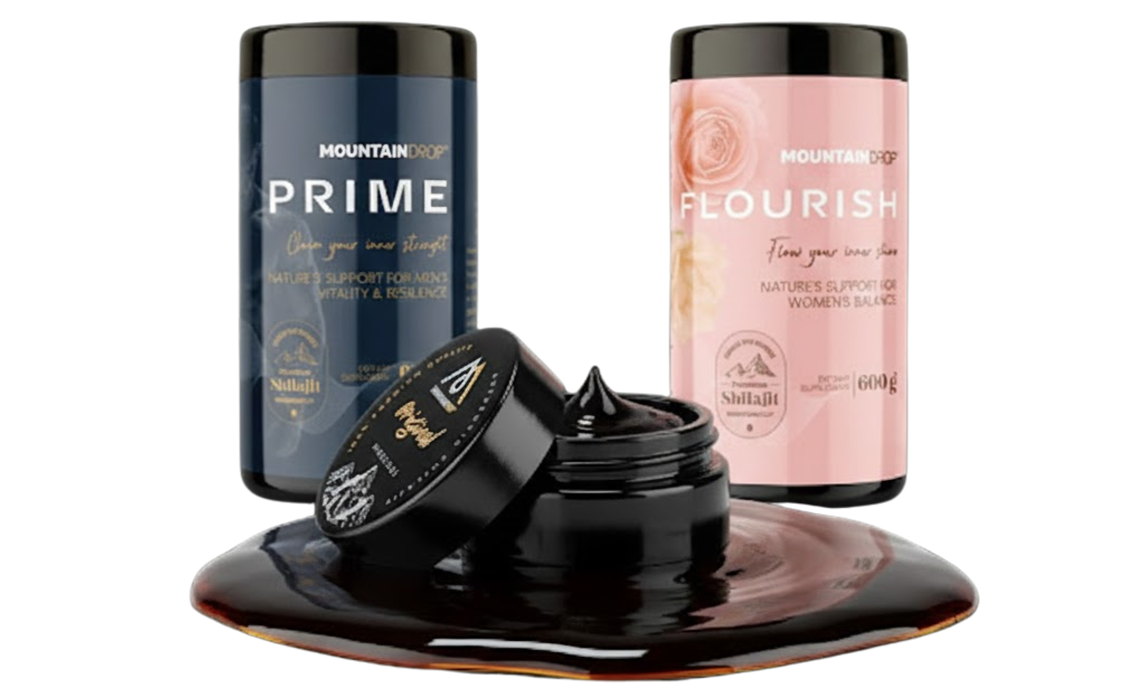
Join our email list
Get exclusive deals and early access to new products

We source and deliver authentic shilajit of the highest quality and produce natural wellness products based on this marvelous superfood

We source and deliver authentic shilajit of the highest quality and produce natural wellness products based on this marvelous superfood

